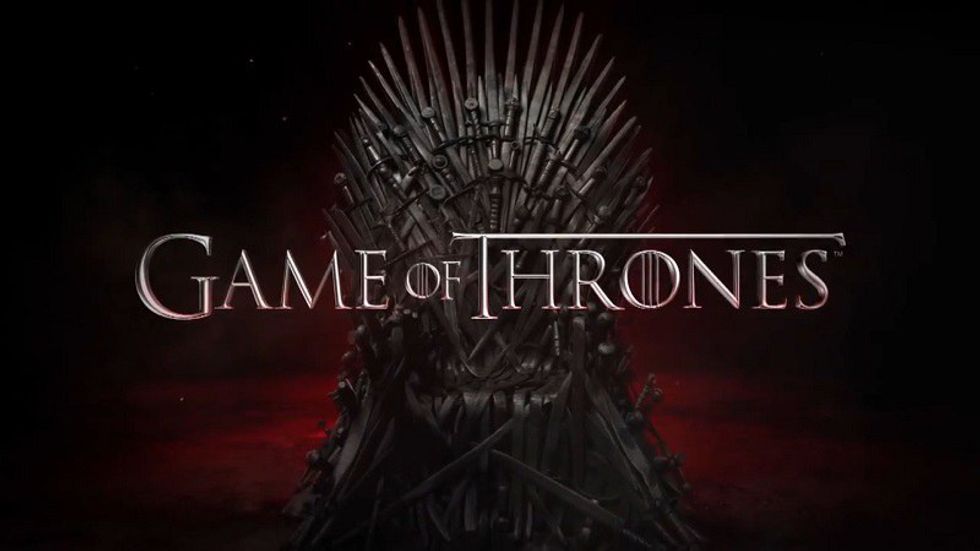The past few days have seen momentous progress in the worldwide fight against HIV with the 30th anniversary of World AIDS day on December 1st, 2018. Since the beginning of the AIDS epidemic in the 1970s, over 70 million people worldwide have been infected with the malady, culminating in approximately 35 million deaths. However, the tally for today's treatment of the disease shows a far more hopeful outcome, with 37 million living despite carrying HIV and 22 million in treatment.
Recent advances in medical science and technology have lead to the proliferation of easily accessible testing procedures, a plethora of treatments including drugs such as Abacavir (a nucleoside analog reverse-transcriptase inhibitor that is utilized in conjunction with other treatments to reduce the spread of HIV throughout the blood), and pre-exposure prophylaxis as preventative measures have become readily available to many vulnerable communities to help stem the tide of infection on an international scale.
The fight against HIV has been fraught with a host of preventative and treatment plans including clinical trials of antiretrovirals (ARVs) introduced in 1985. Since HIV works by utilizing a reverse transcriptase mechanism — in effect, turning its own viral RNA into DNA — in order to integrate itself into a host cell to mass produce its desired product and thereby infect neighboring cells until an entire tissue area and body system becomes affected, reverse transcriptase inhibitors such as antiretrovirals are increasingly essential in their ability to limit HIV's ability to latch onto a host body and bind properly, thereby reducing its potential to spread and develop into full-blown AIDS.
By 1995, these various ARVs were proclaimed as a major breakthrough in the fight against the AIDS epidemic and were celebrated as a deadly combination to the fatal illness at the 11th International AIDS Conference in Vancouver.
Soon after this development, the WHO announced a "three by five" initiative focused on providing high-quality HIV treatment to approximately three million patients in low- and middle-class regions by the year 2005. It was the largest global public health initiative ever launched at the time, and it increased the number of people who were able to receive access to affordable life-saving treatment by 15-fold within a mere three-year period.
Since then, the WHO has announced a "90-90-90" target plan intent on ensuring that by 2020, approximately 90% of all people living with HIV would know of their status, 90% of all people diagnosed with HIV would receive sustained antiretroviral therapy, and 90% of those who received this therapy would be able to achieve viral suppression and subsequent recession of their symptoms.
While the Global Public Health initiatives of the world, including the World Health Organization of the United Nations, have made astounding progress in their conflict against HIV/AIDS, the next few years appear to be promising ones full of purpose towards finally eradicating the infection from the human populace.


























